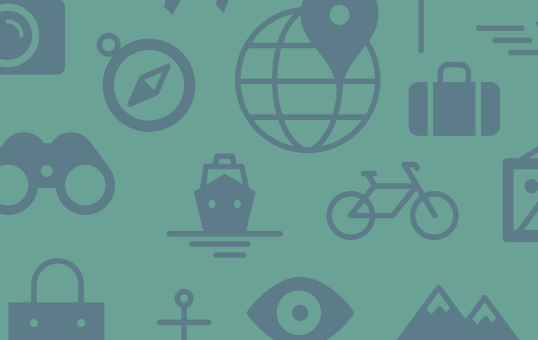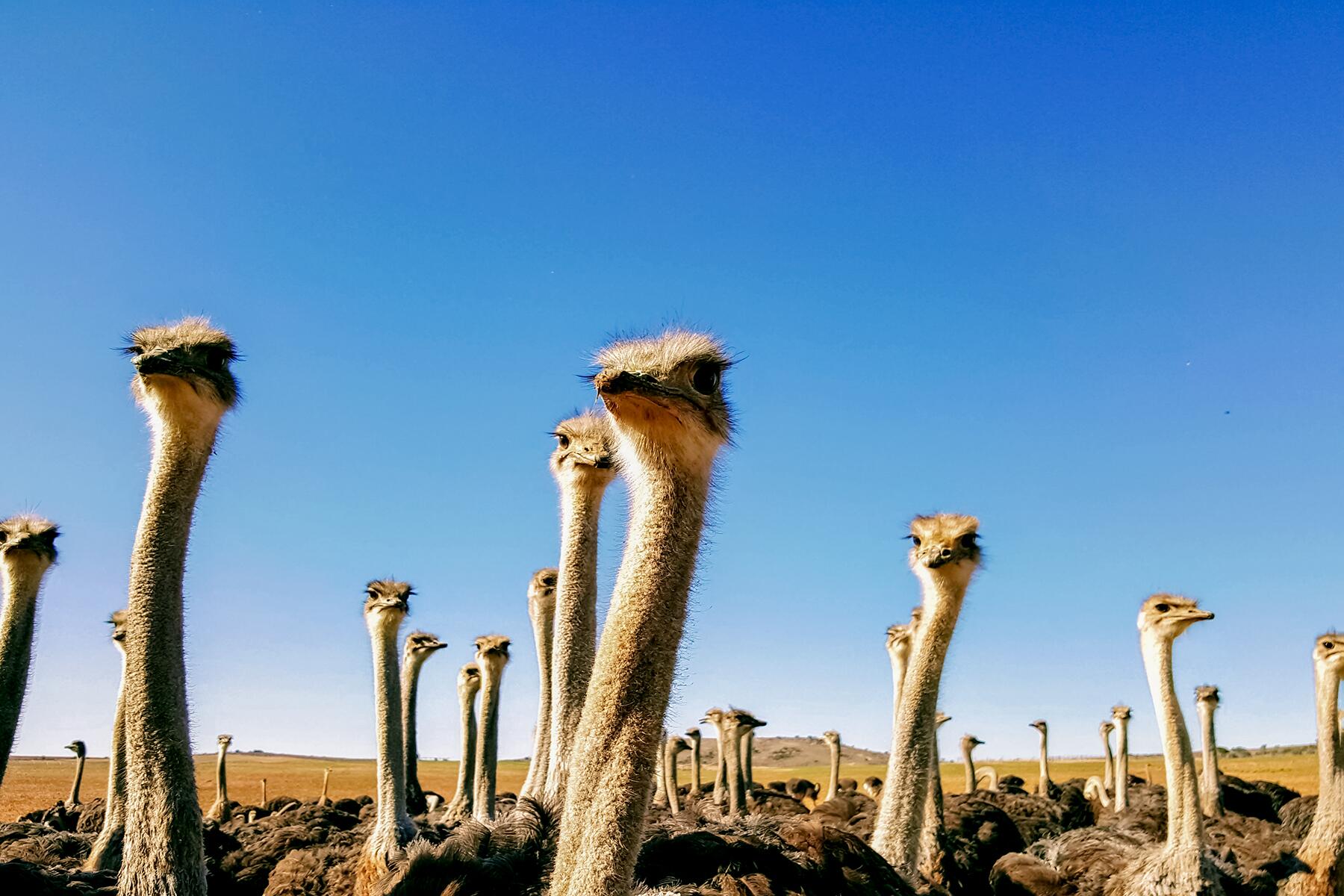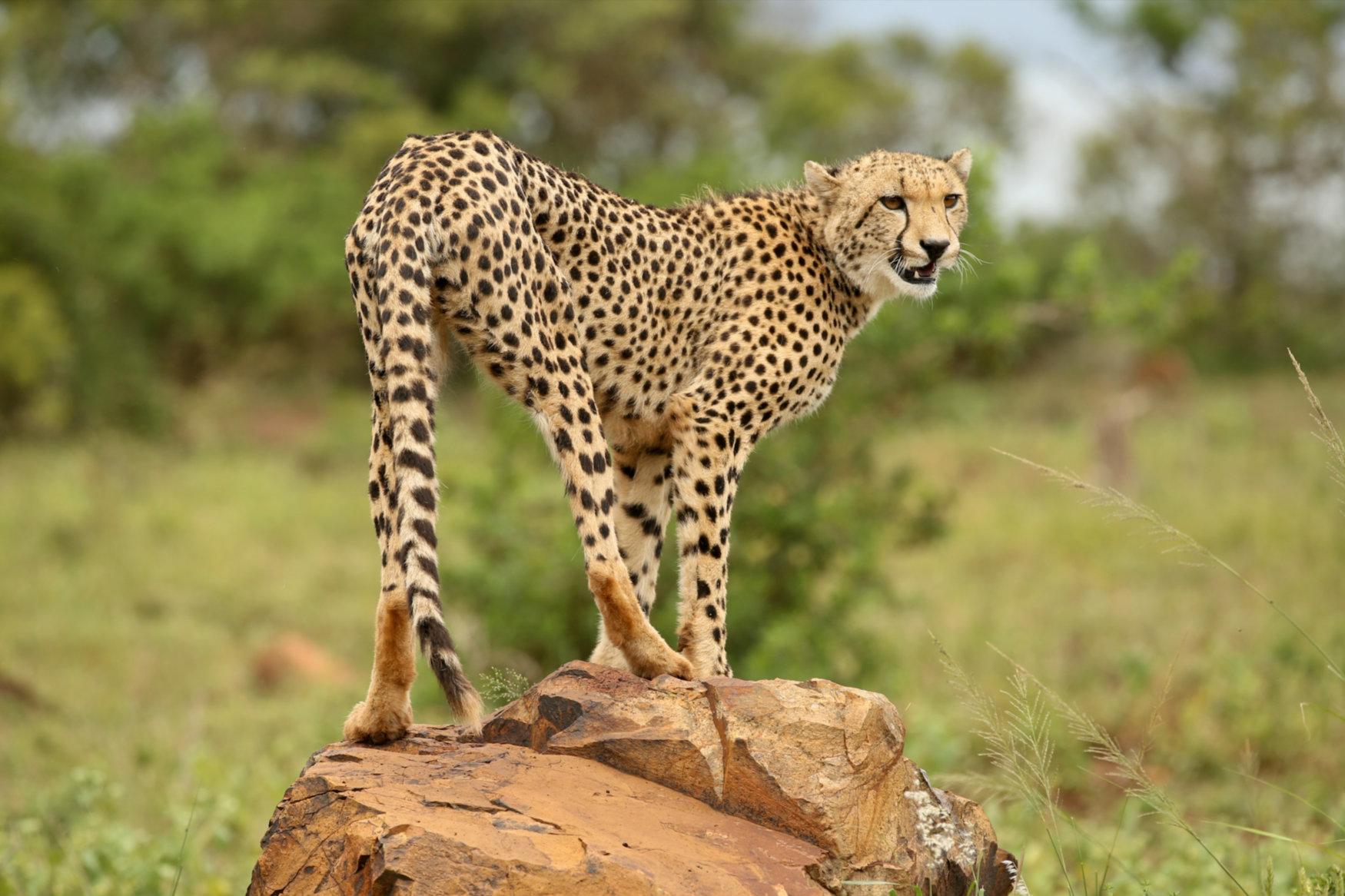Durban and KwaZulu-Natal
Durban and KwaZulu-Natal
Durban isn't slick or sophisticated, but 320 days of sunshine a year entices visitors and locals alike to the vast stretches of beautiful beach that hug the coastline. The proximity to the beach has given the province's largest city a laid-back vibe that makes it a perfect vacation destination and the ideal springboard from which to visit the diverse beauty of the rest of the province of KwaZulu-Natal.
As one of the few natural harbors on Africa's east coast, Durban developed as a port city after the first European settlers landed in 1824 with the intention of establishing a trading post. It's the busiest port in South Africa, as it exports large volumes of sugar and is home to the country's largest import/export facility for the motor industry. The port also has a passenger termi...
Read MoreDurban isn't slick or sophisticated, but 320 days of sunshine a year entices visitors and locals alike to the vast stretches of beautiful beach that hug the coastline. The proximity to the beach has given the province's largest city a laid-back vibe that makes it a perfect vacation destination and the ideal springboard from which to visit the diverse beauty of the rest of the province of KwaZulu-Natal.
As one of the few natural harbors on Africa's east coast, Durban developed as a port city after the first European settlers landed in 1824 with the intention of establishing a trading post. It's the busiest port in South Africa, as it exports large volumes of sugar and is home to the country's largest import/export facility for the motor industry. The port also has a passenger terminal for cruise liners that operate mostly between November and May.
The city's Golden Mile (an area much larger than the name implies) consists of high-rise hotels flanked by a popular promenade and beaches, with the Moses Mabhida Stadium in the background. The colonial-inspired suburbs of Berea and Morningside overlook the city and offer boutique hotels and packed restaurants.
Residential and upscale commercial development has seen coastal spots like Umhlanga to the north earn cult status with tourists, and collections of small villages along both the north and south coasts have access to pristine beaches. Add to the mix two World Heritage Sites (uKhahlamba-Drakensberg Park and iSimangaliso Wetland Park), and KwaZulu-Natal itself embodies South Africa's mantra: the world in one country. More important, it's truly representative of South Africa's rainbow nation.
KwaZulu-Natal—commonly referred to as KZN—is a premier vacation area for South Africans, and, despite being a comparatively small province, has the country's second-largest province population, at more than 10 million people. It's all but impossible to resist the subtropical climate and the warm waters of the Indian Ocean. In fact, the entire 480-km (300-mile) coastline, from the Wild Coast in the south to the Mozambique border in the north, is essentially one long beach, attracting hordes of swimmers, surfers, and anglers.
KwaZulu-Natal's two-part moniker is just one of the many changes introduced since the 1994 democratic elections. Previously the province was known simply as Natal (Portuguese for "Christmas"), a name bestowed by explorer Vasco da Gama, who sighted the coastline on Christmas Day in 1497. KwaZulu, "the place of the Zulu," was one of the nominally independent homelands created by the Nationalist government (1948–94), but with the arrival of democratic South Africa the two were merged to form KwaZulu-Natal. The province is now defined as the Kingdom of the Zulu, and the local Zulu population (about 2.2 million) is characterized by warm hospitality and friendly smiles. The Indian population—originally brought here by the British in the late 1860s as indentured laborers to cut sugarcane—has also made an indelible mark and now represents about 1 million of Durban's total population of 3.5 million.
Recommended Fodor’s Video
Hotels
Things to Do
Things to Do
Explore Things to Do
Find the perfect tours and activities in Durban and KwaZulu-Natal.
Where to Eat
Where to Eat
Need to Know
Need to Know
Language
Afrikaans, English, Ndebele, Northern Sotho, Sotho, Swazi, Tswana, Tsonga, Venda, Xhosa and ZuluElectrical Outlets
220v and 230v/50 cycles; plugs have three round prongsCurrency
Rand, pegged with Lesotho loti, Swazi lilangeni and Namibian dollarLanguage
Afrikaans, English, Ndebele, Northern Sotho, Sotho, Swazi, Tswana, Tsonga, Venda, Xhosa and ZuluElectrical Outlets
220v and 230v/50 cycles; plugs have three round prongsCurrency
Rand, pegged with Lesotho loti, Swazi lilangeni and Namibian dollarWhen to Go
The height of summer (December and January) brings heat, humidity, higher prices, and crowds, who pour into "Durbs," as it's fondly known, by...Read More
Neighborhood Guides
Discover the best neighborhoods in Durban and KwaZulu-Natal with curated recommendations from our editors.
essentials
transportation
resources
When to Go
The height of summer (December and January) brings heat, humidity, higher prices, and crowds, who pour into "Durbs," as it's fondly known, by...Read More
Neighborhood Guides
Discover the best neighborhoods in Durban and KwaZulu-Natal with curated recommendations from our editors.
When to Go
The height of summer (December and January) brings heat, humidity, higher prices, and crowds, who pour into "Durbs," as it's fondly known, by...Read More
Neighborhood Guides
Discover the best neighborhoods in Durban and KwaZulu-Natal with curated recommendations from our editors.
essentials
transportation
resources
Articles
Articles See All
Guidebooks
Guidebooks
Our worldwide travel correspondents bring you the best and most up-to-date coverage of over 7,500 global destinations.
Shop NowFodor's Essential South Africa: with the Best Safari Destinations and Wine Regions
Whether you want to explore the Winelands, visit Kruger National Park, or climb Table...















